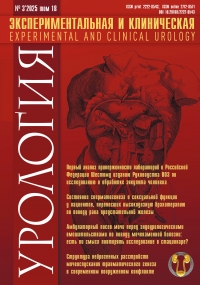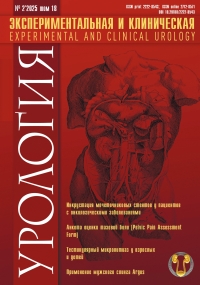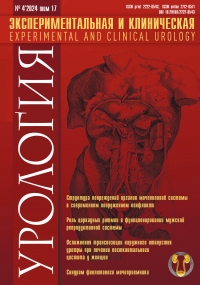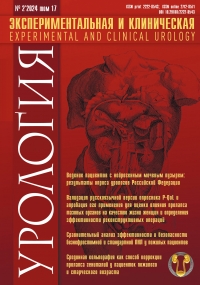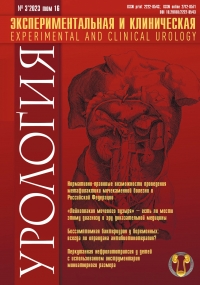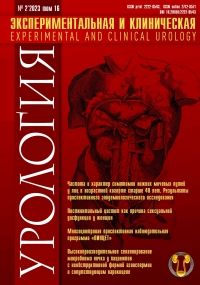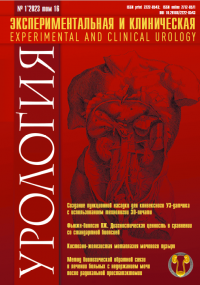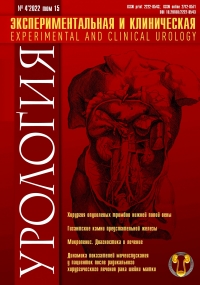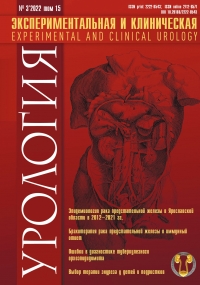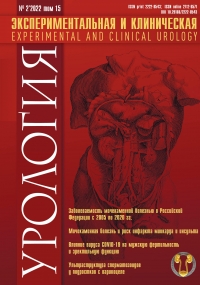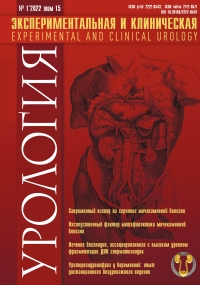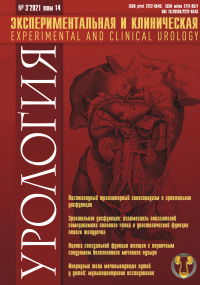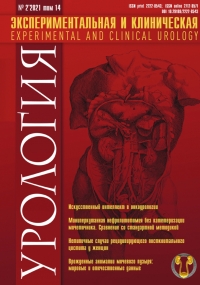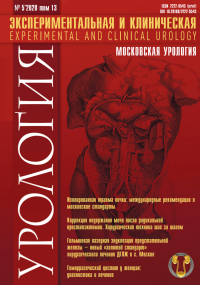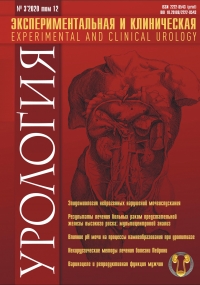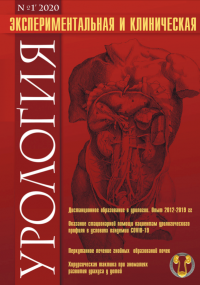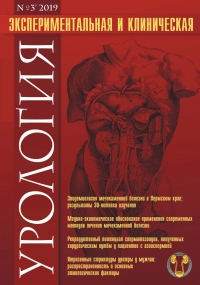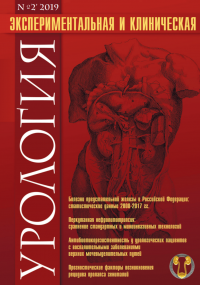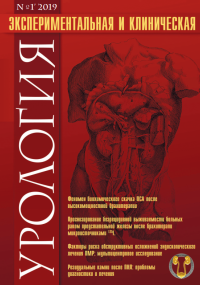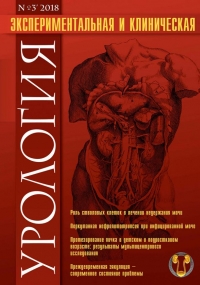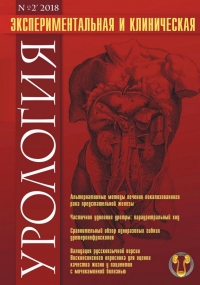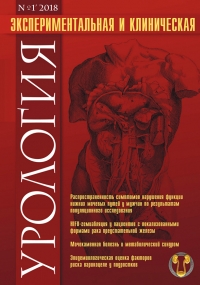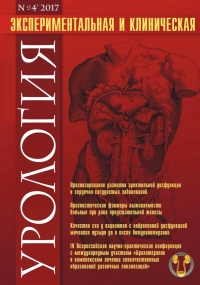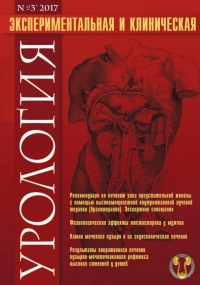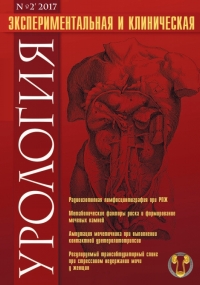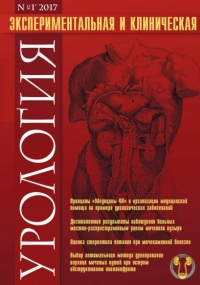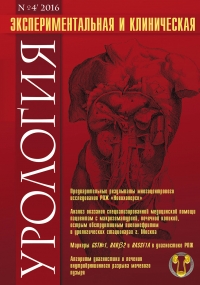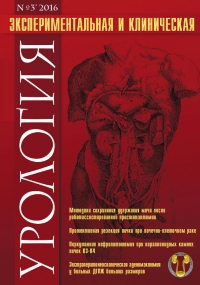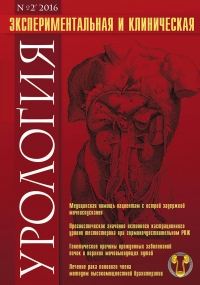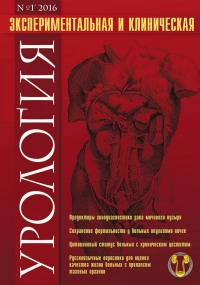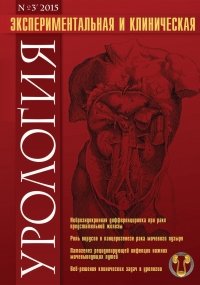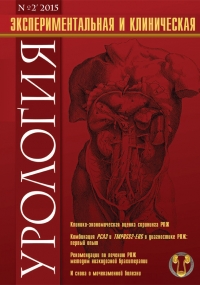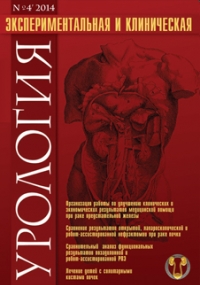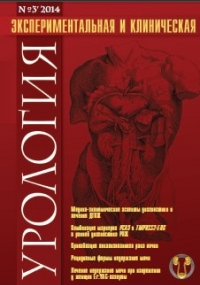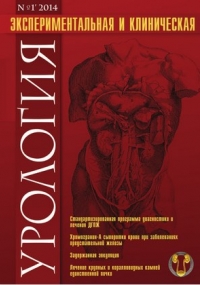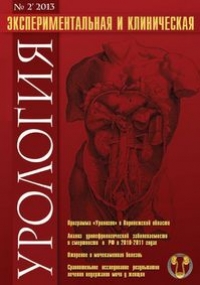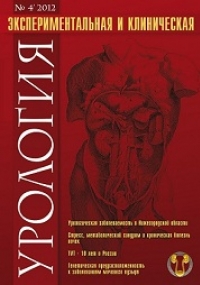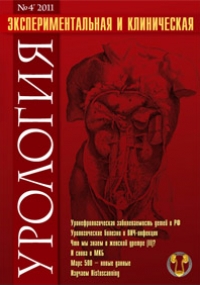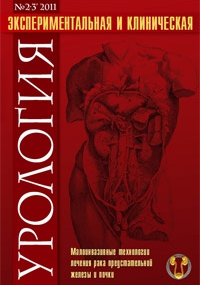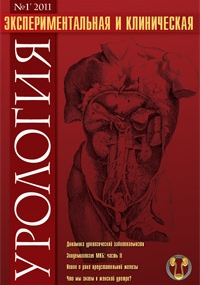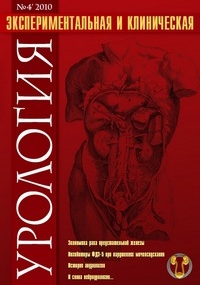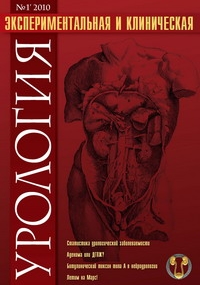Computer-assisted ultrasonography HistoScanning in the diagnosis of prostate cancer: first experience in Russia
 4511
4511 Apolikhin O.I., SivkovA.V., Efremov G.D., Zhernov A.A., Zhukov O.B.,
Keshishev N.G.,KoryakinA.V., Sinyagin A.A.
One of the biggest problems in the diagnosis of prostate cancer (PCa), which distinguishes it from many other solid tumors, is the difficulty of visualization of the tumor process by using modern methods of radiation diagnosis.
The Research Institute of Urology, carries out scientific research on the effectiveness of the Histoscanning in diagnosis of prostate cancer. We performed 11 RPE and 24 template-biopsies and 17 transrectal biopsies to patients who underwent Histoscanning in pre-intervention period. PSA range was3,8 - 11,8 ng/ml. Of the 41 patients who underwent biopsy, 21 had already a history of one or more negative biopsies, 15 long-term (more than 3 months) received 5a-reductase inhibitors.
A high correlation of this method with the histopathological examination as to the extent and localization was found in our RPE 7 cases; 4 HistoScanning observations showed a larger volume of defeat with good correlation of tumor localization. Template-biopsies: Pca was detected in 15 of 24 patients, in 9 - BPH with presence of PIN. Transrectal biopsy: Pca 11 of 17 patients, 5 - BPH plus PIN, 1 - BPH with foci of chronic inflammation. Due to the high percentage of newly diagnosed adenocarcinomas of the prostate, Histoscanning appears to be effective for targeted biopsy of the prostate. Our further investigations will evaluate sensitivity and specificity of this method and compare it with MR technology to develop a rational diagnostic algorithm.


